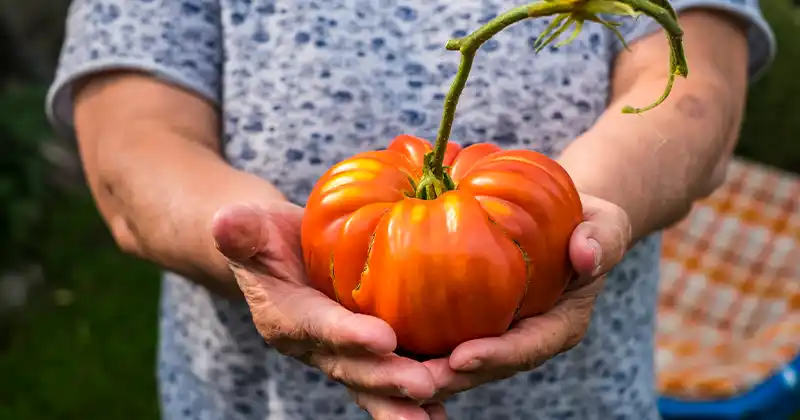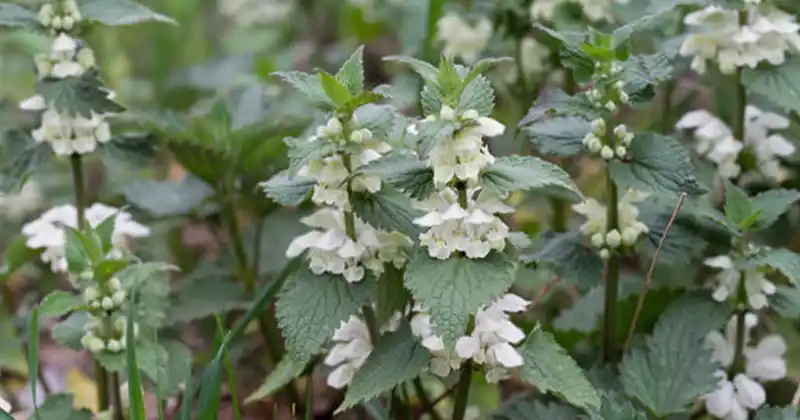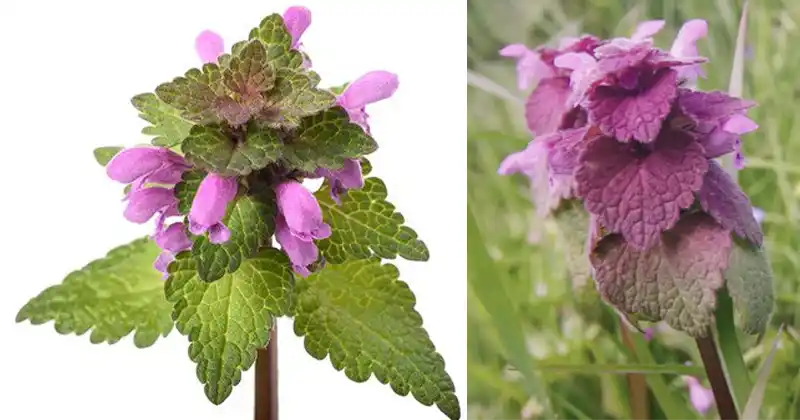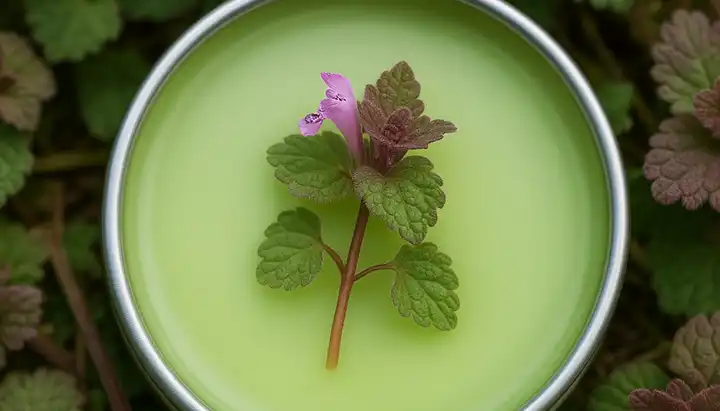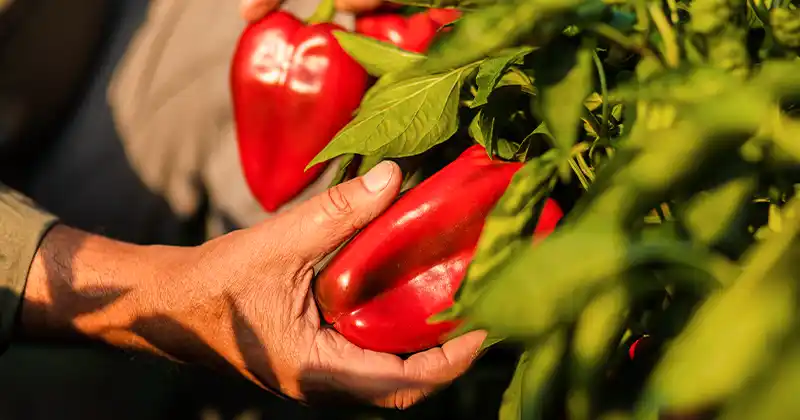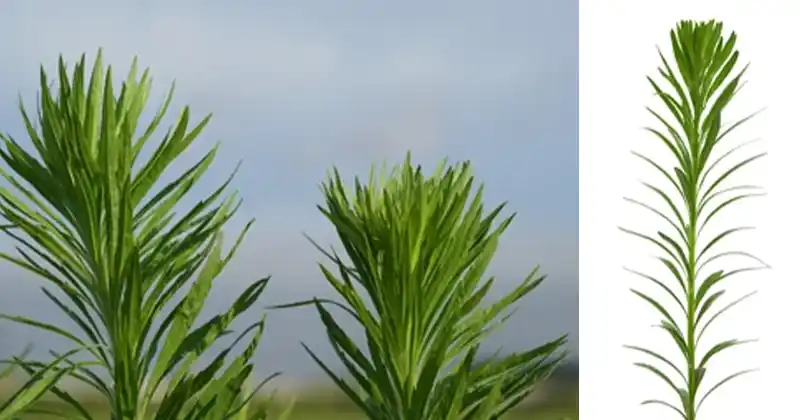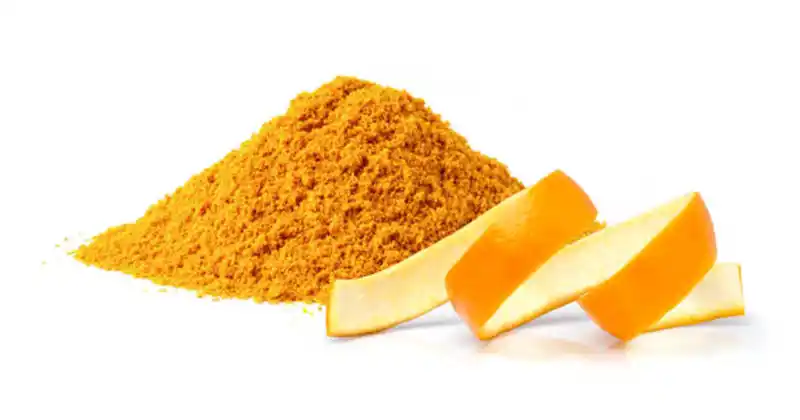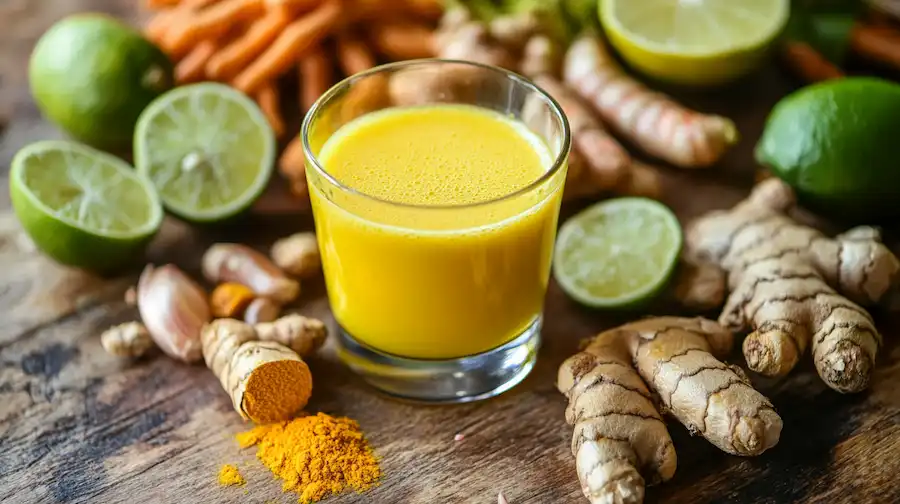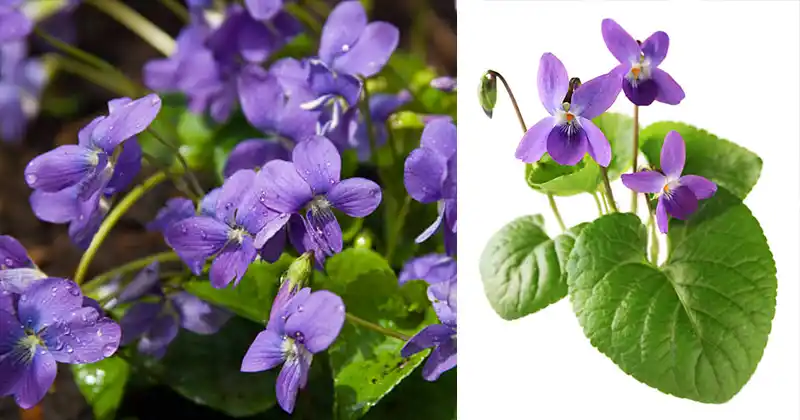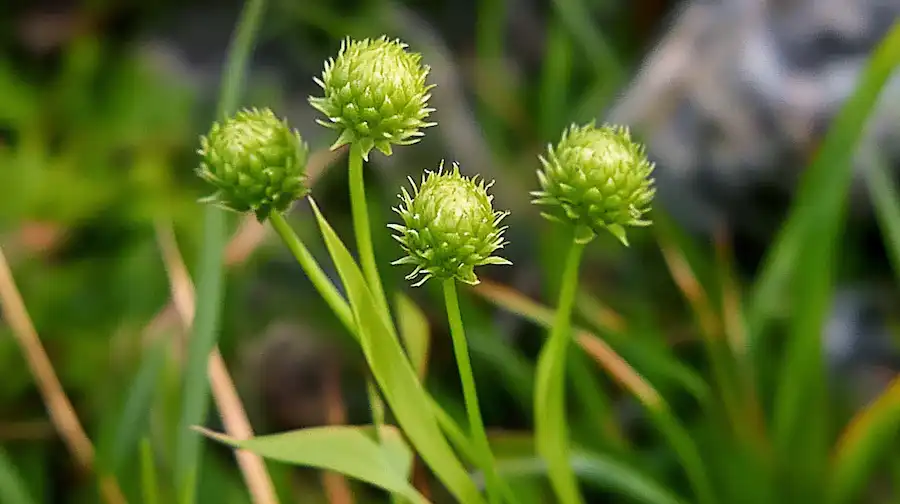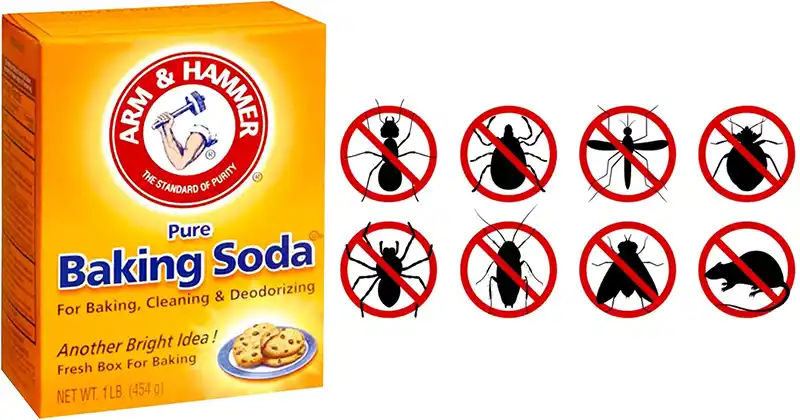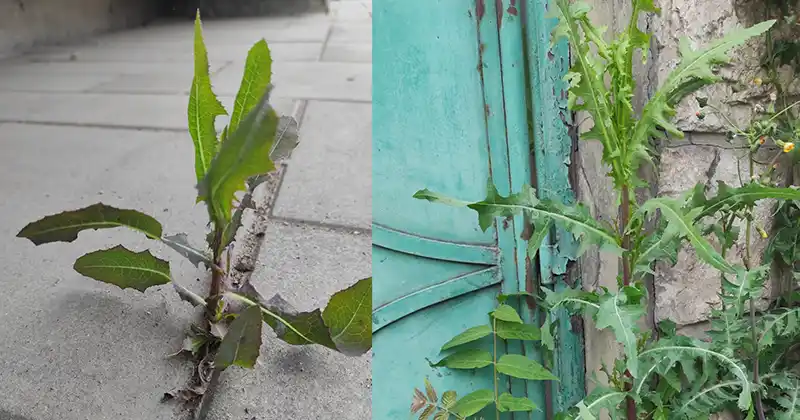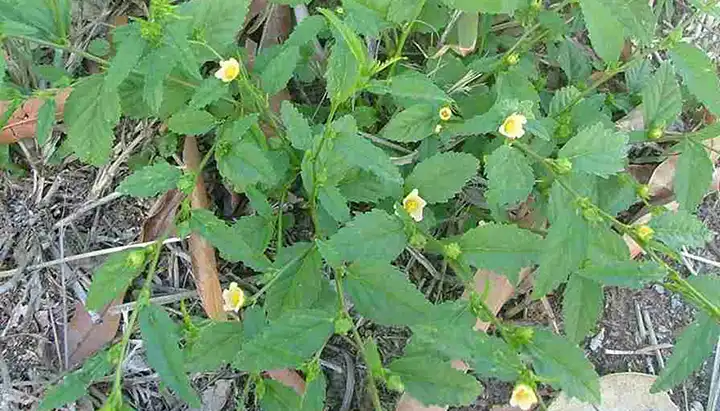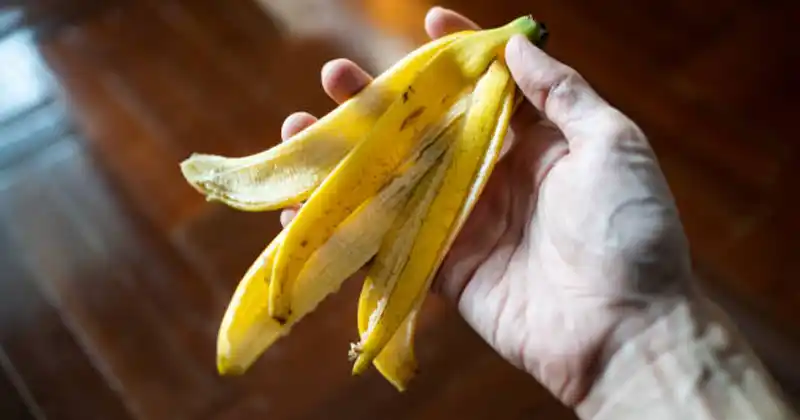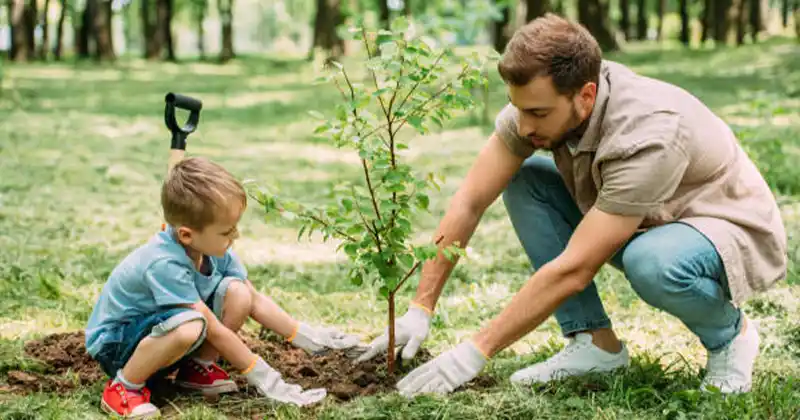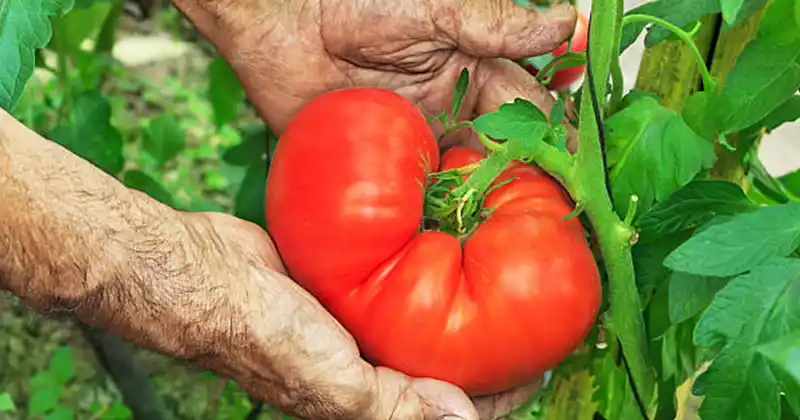Planting Depth Guide for Various Vegetables: From Carrots to Kale
Understanding the proper planting depth for different vegetables is fundamental for a thriving garden. Here’s a comprehensive guide that covers planting depths for a variety of common vegetables to help you grow a successful garden.
Planting Depth for Various Vegetables:
- Tomatoes: Tomato plants thrive when transplanted with about 2/3 of their stem buried in the soil. This promotes robust root development.
- Carrots: Sow carrot seeds at a depth of approximately 1/4 to 1/2 inch (6-12 mm). These small seeds should only be lightly covered with soil.
- Radishes: Plant radish seeds at a depth of around 1/2 inch (12 mm). They germinate quickly and don’t require deep planting.
- Lettuce: Lettuce seeds are tiny and should be sown at a shallow depth of about 1/8 inch (3 mm). Light is crucial for their germination.
- Peppers: Similar to tomatoes, transplant pepper plants with about 2/3 of their stem buried. This encourages a robust root system.
- Cucumbers: Cucumber seeds can be planted at a depth of roughly 1 inch (25 mm). Ensure the soil is warm for successful germination.
- Beans: Sow bean seeds at a depth of about 1 to 1.5 inches (25-38 mm). Deeper planting supports proper development.
- Potatoes: Plant potato pieces (seed potatoes) approximately 3-4 inches (7.5-10 cm) below the soil surface. As they grow, you can gradually mound soil around the stems.
- Onions: Onion sets should be planted at a depth of roughly 1 inch (25 mm). Since onions develop bulbs underground, proper depth is vital.
- Zucchini: Whether from seeds or transplants, zucchini should be planted at a depth of about 1 inch (25 mm). Optimal growth requires warm soil.
- Broccoli: Similar to tomatoes and peppers, transplant broccoli with about 2/3 of the stem buried. Adequate spacing ensures healthy heads.
- Spinach: Sow spinach seeds at a depth of roughly 1/2 inch (12 mm). Cooler temperatures are ideal for germination.
- Corn: Corn seeds need to be planted deeper, at about 1 to 1.5 inches (25-38 mm), in rows spaced around 30 inches apart for strong root systems.
- Peas: Pea seeds can be sown at a depth of about 1 to 1.5 inches (25-38 mm). They thrive in cooler weather and can be planted early in spring.
- Cabbage: Transplant cabbage with about 2/3 of the stem buried, like tomatoes and peppers. Proper spacing is crucial for head development.
- Beets: Sow beet seeds at a depth of roughly 1/2 inch (12 mm). Their round roots need adequate space to grow.
- Eggplant: Similar to tomatoes and peppers, transplant eggplants with about 2/3 of their stem buried. Ensure warm soil conditions for optimal growth.
- Squash: Whether from seeds or transplants, plant squash at a depth of about 1 inch (25 mm). Warm soil and ample space are key.
- Okra: Plant okra seeds about 1 inch (25 mm) deep in rows spaced approximately 36 inches apart. Okra thrives in warm climates.
- Kale: Sow kale seeds at a depth of about 1/4 to 1/2 inch (6-12 mm). It’s a cool-season crop suitable for early spring or late summer.
- Brussels Sprouts: Transplant Brussels sprouts with about 2/3 of the stem buried, similar to broccoli, tomatoes, and peppers. Adequate spacing is essential for forming sprouts.
These planting depths serve as a general guideline for successful vegetable gardening. However, always consult seed packets or plant tags for specific instructions, as variations may exist based on the variety and local growing conditions. Proper planting depth ensures healthy root development and optimal growth for your vegetables.
